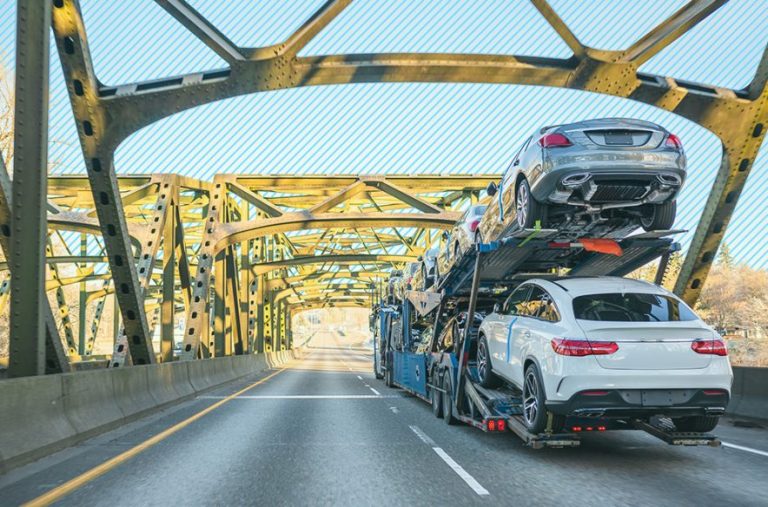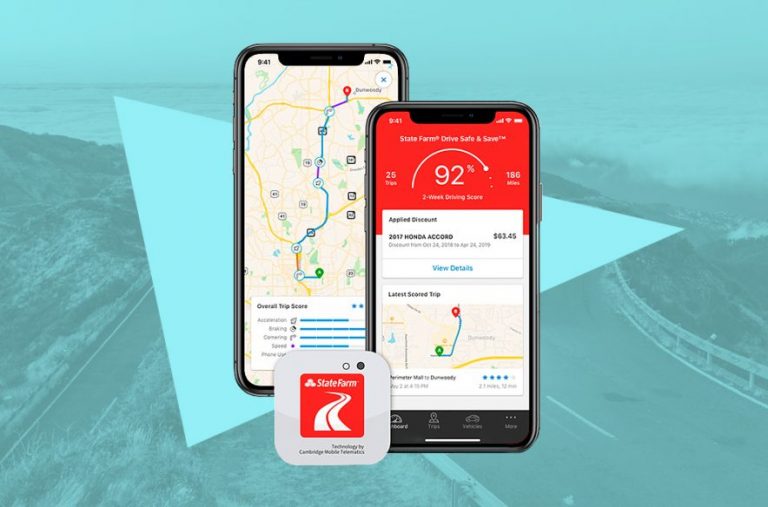Risk management – 2 very simple words that when combined together can produce significant achievements, from enhanced efficiency to higher earnings, from lowered work environment accidents to improved daily procedures. Every business, despite whatever sector it is in, requires step-by-step approaches for you to run better. With no ordered way of carrying out things, a company can be prone to inefficiencies, dangerous working settings, and lawsuit for breaking government standards. Getting an OHS management system can do a lot to diminish or perhaps eradicate the threats involved in numerous businesses.
An OHS or occupational health and safety management system offers a guide to your company’s daily operation. It details your guidelines for preventing accidents and serious health issues, as well as standards that identify the steps necessary to implement in case of accidents. For your OHS system to work, it requires some factors. The document not only needs to be written clearly and briefly so that it is implemented without having misunderstandings. The document must also be suitable and specific to your kind of business.
The success of your OHS system starts with senior management leadership as well as commitment. Senior management is vital to creating important decisions regarding your organisational values, priorities, and future goals. Senior management will guide your company’s health and safety activities by establishing and attaining targets, giving the needed resources to fulfill those targets, evaluating dangers and comparing best practices, ensuring that internal audits are done, evaluating safety performances, educating workers on OHS concerns, keeping key employees accountable, and more.
Of course, the duty of handling hazards within a workplace does not fall directly on the shoulders of upper management only. An OHS management system manual can only operate if each and every employee uses it and plays a part in its continuous progress. Because your workers will have more information regarding the machines and equipment they’re utilizing and the processes involved, they’ll have first-hand information about which devices are malfunctioning and what work system enables more effectiveness. By your employees’ collaboration and participation, your OHS system will be made more efficient.
You’ll also need to carry out training and provide the important information. This would ensure that your staff will know how to take realistic steps towards maintaining the work environment safe and healthy. From understanding how to take care of dangerous chemicals to reporting emergency procedures, from carrying out tasks with safe ways to using personal equipment, providing the necessary training assures that personnel are properly instructed with your OHS system.
Lastly, for all OHS management systems, standards dictated by state and federal laws are crucial to its production. You must ensure that your OHS manual adheres to government requirements so that your company isn’t penalised for future accidents.
All businesses has some sort of risk, regardless of what industry it is in. Possessing occupational health and safety management systems that contain the essential factors can minimize the outcomes. From upper management commitment to the support of workers, every one will ensure the success of your OHS system.









+ There are no comments
Add yours